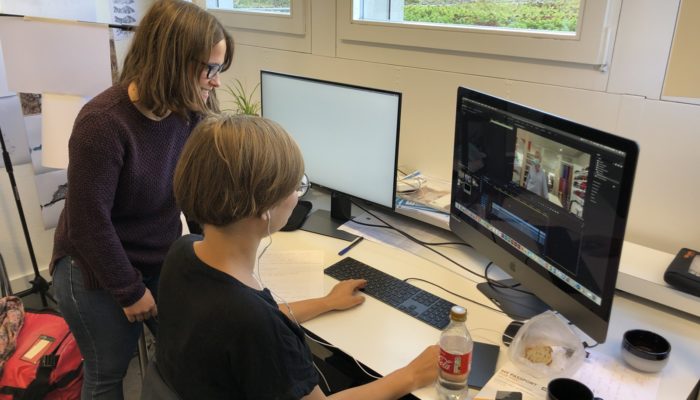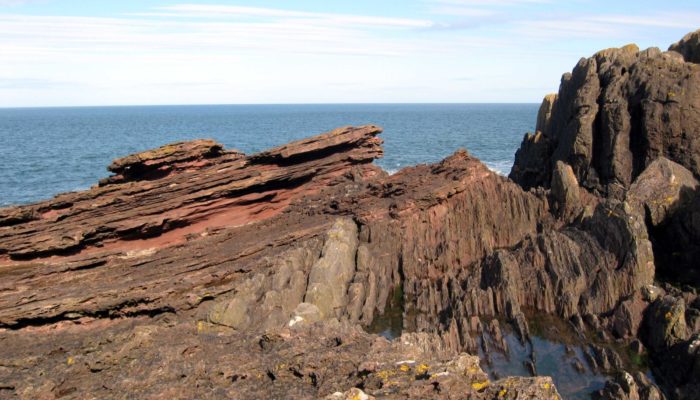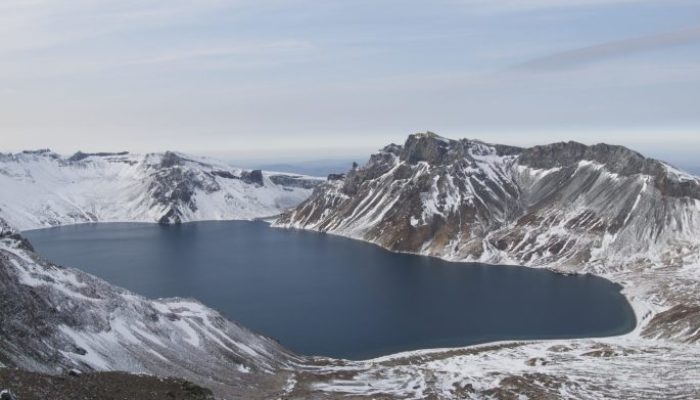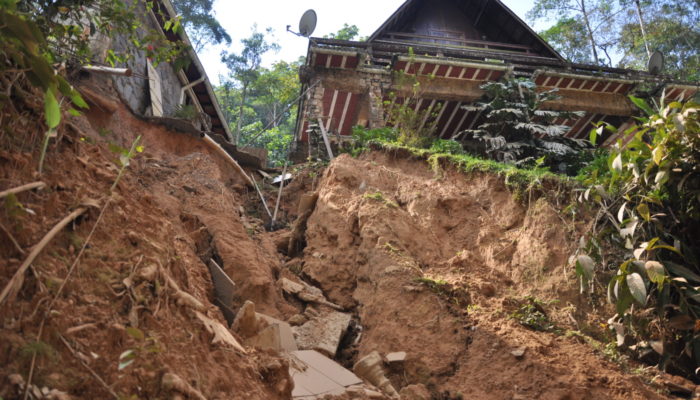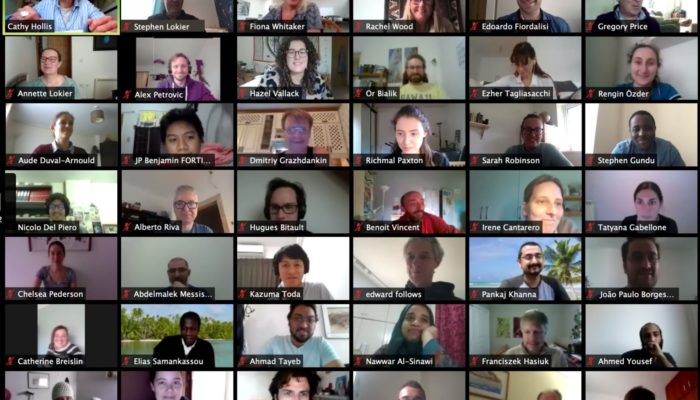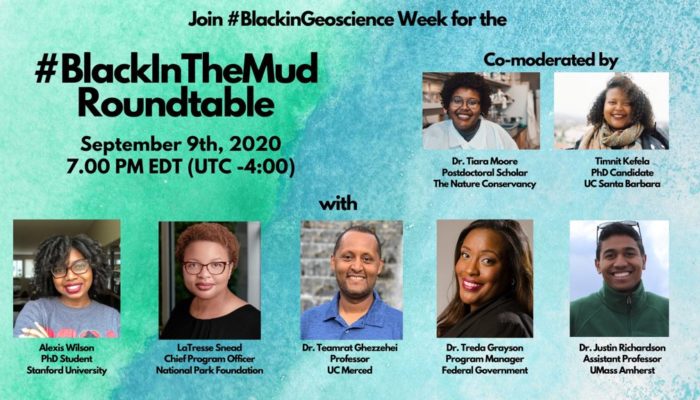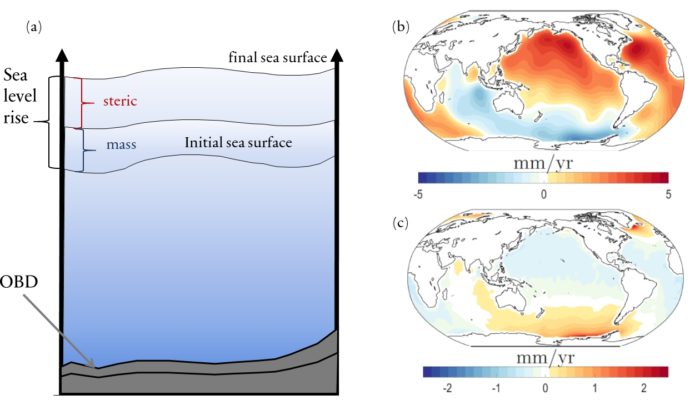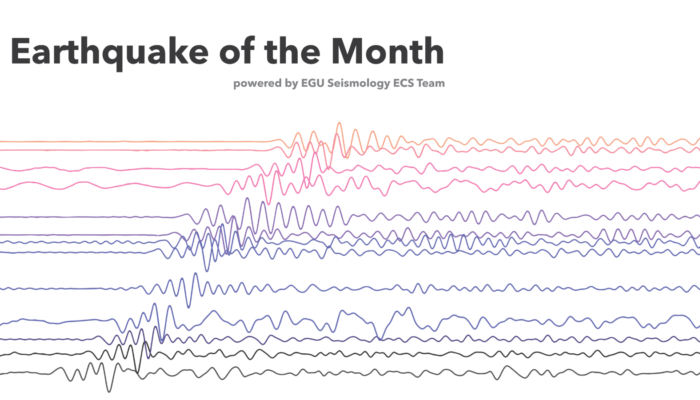Cooking of course! Let me explain. This week, instead of doing his job, Antoine Rozel (senior researcher in ETH Zürich), shows that all your life problems will instantly disappear if you start cooking. Warning, this introductory paragraph is not going to cheer you up, skip it if you are already feeling blue unless you want to suffer a little more (that’s OK). Clearly the explosion of number ...[Read More]
Hydrological Sciences
Hybrid field courses – a teaching format beyond emergency solution?
Conducting field courses in times of a pandemic can be challenging. In our case, we had to cancel a planned field trip in economic geography that would have taken 19 students and two advisors to the Valle Maira in the Italian province of Cuneo in the Piemont. We had planned to spend 10 days in this region to develop ideas for sustainable development of peripheral mountain regions. Students would h ...[Read More]
Tectonics and Structural Geology
Features from the Field: Angular Unconformities
An angular unconformity is an erosional surface that truncates older, tilted sedimentary layers and that is overlain by younger layers, oriented parallel to the unconformity. The discovery and interpretation of angular unconformities, like the famous Hutton’s unconformity at Siccar Point, Scotland, marked a paradigm shift in the geological theories of the 18th century. At that time, the theo ...[Read More]
Seismology
Volcano-seismology in North Korea
For any field-based seismologist, there is nothing more satisfying than standing in a remote location, laptop in hand finalising the installation of a new broadband seismic station. In 2013 this feeling was amplified as we deployed the first, and still the only broadband seismic array in the Democratic People’s Republic of Korea (DPRK, the formal name for North Korea). That it took almost two year ...[Read More]
GeoLog
Imaggeo On Monday: Tragédia em Petropolis (Brazil)
A series of deadly landslides and debris flows occurred in March 2013 in Petropolis, a municipality in the Brazilian state of Rio de Janeiro. This photo has been shot a little more than a month later. It highlights the important “supporting role” played by sewer pipes in this disaster. Description by Michele Calvello, after the description on imaggeo.egu.eu. Imaggeo is the EGU’s ...[Read More]
Stratigraphy, Sedimentology and Palaeontology
Tips for presenting a Webinar
While many of us are experienced in giving presentations before a variety of audiences, for some, the switch to a remote presentation format can be daunting. With this in mind, and based on our experiences at sedsonline.com I have put together the following tips for our community – these are in no way exhaustive, but I do hope that you find them useful and I welcome any feedback or comments. Happy ...[Read More]
GeoLog
GeoTalk: #BlackInTheMud panellists reflect on Black in Geoscience Week 2020
After telling a personal and traumatizing field experience to my fellow colleagues of color, I found that we all had shared similar events! Shocked and outraged, I wanted to find a place to expose and highlight these events thus the #BlackInTheMud panel was created. This event was inspired by this picture. And it’s so funny because this photo has been used, until it’s almost like a stock photo on ...[Read More]
Cryospheric Sciences
Women of Cryo II: Dr Lu Li
Women make up 50.8% of the worlds population, yet fewer than 30% of the world’s researchers are women. Of this percentage, BAME (Black Asia and Minority Ethnic) comprise around 5%, with less than 1% represented in geoscience faculty positions. The divide between women in the population and women in STEM needs to be addressed. Through a series of blog posts we hope to raise the voice of women in th ...[Read More]
Climate: Past, Present & Future
The ocean floor is sinking under the weight of sea level rise
Sea level rise is one of most dreadful consequences of anthropogenic (caused by humans) global warming. It is estimated that the loss of coastal infrastructure alone would cost the global economy more than 1 trillion dollars per year by 2100 [1]. This number is based on climate models, but these are only as good as our current understanding of the sea level rise. Therefore, researchers are monitor ...[Read More]
Seismology
Earthquake of the month: Bransfield Basin – Antarctica M 5.4
As well as August, September was not highlighted by a large event (> M 7). The TOP 3 strongest earthquakes which occurred during this month correspond to a strike-slip earthquake in the Mid-Atlantic Ridge (M 6.9), an interplate EQ in central-north Chile (M 6.8), and another EQ in a different segment of the Mid-Atlantic Ridge (M 6.7). Furthermore, the largest event in Europe occurred on Septembe ...[Read More]


